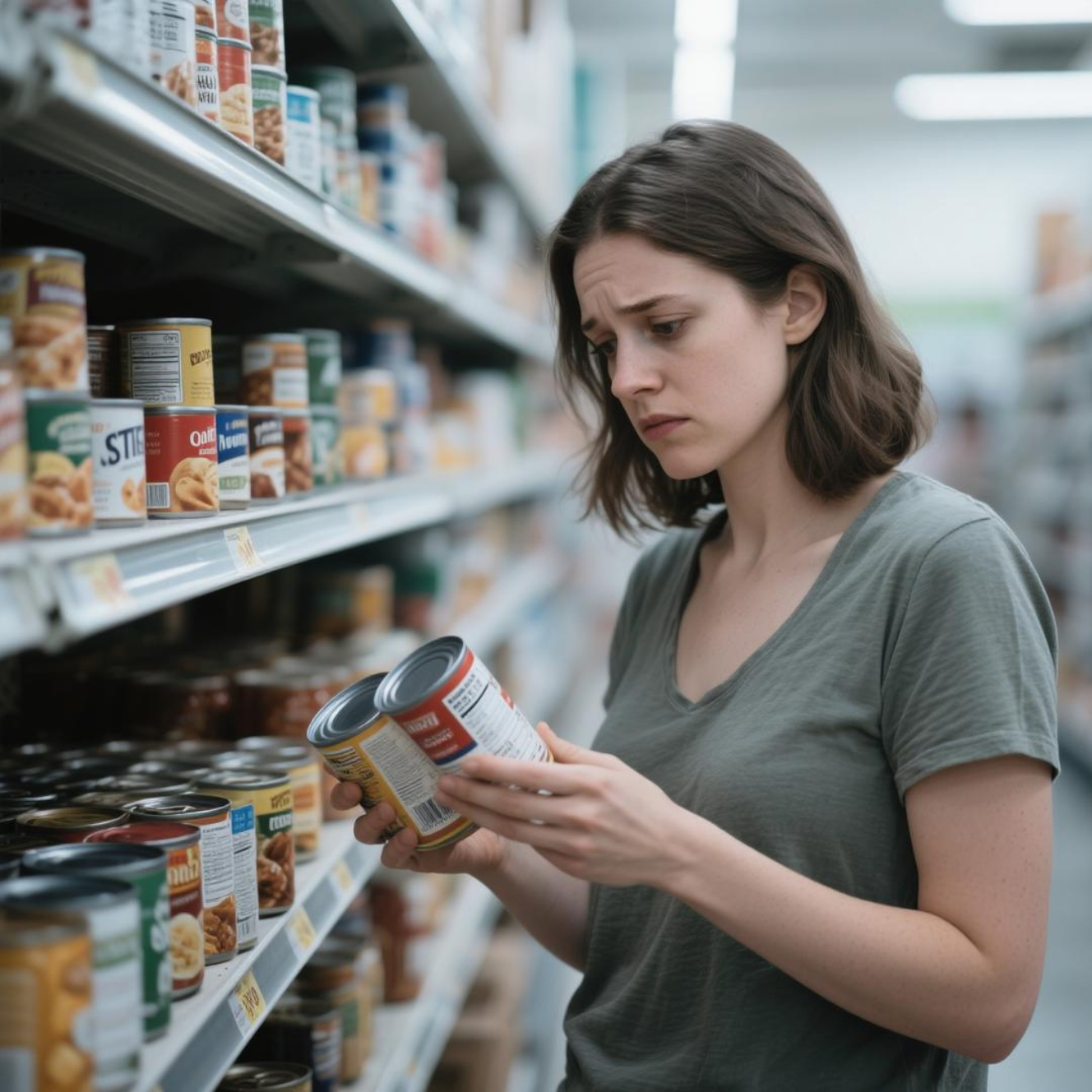Reading food labels often seems too technical, right? The importance of reading food labels goes far beyond counting calories or following trends. It’s a simple yet powerful habit that transforms how we eat, influences our health, and gives us the power to make better daily choices.
Ever since I started paying attention to labels, I noticed significant changes in my eating habits. I began to truly understand what I was consuming. Many items that seemed healthy were actually hiding questionable ingredients. This knowledge gave me more awareness and helped me build a more balanced diet.
In this article, I’ll show you how to interpret labels clearly, identify common tricks used by the food industry, and make smarter choices that make sense for your life. The importance of reading food labels lies in revealing what the front of the package doesn’t say. Trust me: after reading this, you’ll never look at supermarket shelves the same way again.
Why understanding food labels is essential
The importance of reading food labels is directly linked to your health, well-being, and long-term quality of life. Labels provide valuable information about the nutrients and ingredients in each product. Ignoring this is like eating in the dark—not knowing what’s truly on your plate.
Unfortunately, many processed foods are marketed as healthy but hide high levels of sugar, saturated fats, sodium, and chemical additives. When we learn how to decode labels, we quickly spot these “fake healthy” items and can replace them with better, more natural options.
Reading labels properly also helps prevent silent diseases like high blood pressure, diabetes, and obesity. When you know what you’re putting into your body, you avoid unnecessary excess and build a diet that respects your needs and goals. It’s a small step that makes a massive difference.
Nutrition facts: what really matters?
When picking up a product, the first thing to check is the nutrition facts table. It shows the product’s composition per serving, but be careful. The suggested portion is often much smaller than what we actually eat, which can give a false impression of being “light.”
Key elements to check include calories, total fat, saturated and trans fats, sugars, sodium, proteins, and fiber. A low-calorie food might have high sodium levels, which can silently affect your heart health. Or a product with zero fat might be loaded with sugar to preserve its taste.
Also pay attention to the %DV (Percent Daily Value). This tells you how much a nutrient contributes to your daily intake based on a 2,000-calorie diet. Understanding this helps you balance your meals and avoid nutrient overloads that may harm your health.
Ingredients that deserve special attention
In addition to the nutrition facts, the ingredient list is essential when assessing a product. This list appears in descending order, so the first items are present in greater amounts. And that says a lot about the product’s real composition.
Look for products with short lists of familiar and natural ingredients. The simpler and easier to understand, the better. Long lists filled with hard-to-pronounce names usually mean you’re dealing with processed ingredients that deserve caution. They’re not forbidden, but frequent, uncontrolled intake can be harmful.
Be especially mindful of hidden sugars under names like corn syrup, maltodextrin, dextrose, or inverted sugar. These are just variations of the same thing, and in excess, they can hurt your metabolism. Reading carefully, even if it seems tedious at first, is one of the best ways to take control of your diet.
How to spot labeling tricks
You’ve probably noticed how packaging loves to highlight words like “fit,” “light,” “zero,” or “whole grain.” These are part of the food industry’s marketing strategy to attract buyers. But these terms don’t always mean the product is healthy, yet another reason why the importance of reading food labels cannot be ignored.
A “whole grain” bread, for example, might contain more white flour than whole wheat. A “sugar-free” product might be highly processed and packed with trans fats or artificial sweeteners. Even foods labeled “natural” may include preservatives and artificial flavors.
The key is to not trust only the front of the package. The real story is on the back, in the label and the ingredient list. That’s where you find out what you’re really putting in your bodyand only with that knowledge can you make informed, intentional choices.
More mindful choices in everyday life
Reading labels may seem like a chore at first, but it quickly becomes a natural and rewarding habit. When you understand what you’re eating, your food decisions become more conscious and balanced. It’s not about giving up everything you like,it’s about choosing with intention.
Swapping a sweetened beverage for a more natural option, or choosing a snack with fewer additives, already makes a big difference. These small, frequent changes have a much greater impact than extreme diets or restrictive habits that don’t last.
Over time, you start to feel the benefits: more energy, less bloating, better digestion, improved sleep. It all starts the moment you decide to flip the package and read carefully. The importance of reading food labels lies in turning every purchase into a smart, health-focused decision.
Reading labels transforms your eating habits
One thing I’ve learned is that conscious eating doesn’t have to be complicated, expensive, or full of rules. The biggest transformation comes from knowledgeand reading labels is one of the simplest ways to gain that power. A small, almost automatic gesture that changes your entire relationship with food.
The importance of reading food labels lies in taking back control of what enters your body. You, not the industrydecide what you’re going to eat. You choose whether to feed your body or just satisfy a momentary craving. This kind of awareness builds over time, through consistent, small, meaningful choices.
Reading food labels frees you from marketing tricks, false promises, and blind eating habits. And in the end, it brings you closer to a lighter, more authentic, and truly nourishing way of living.
